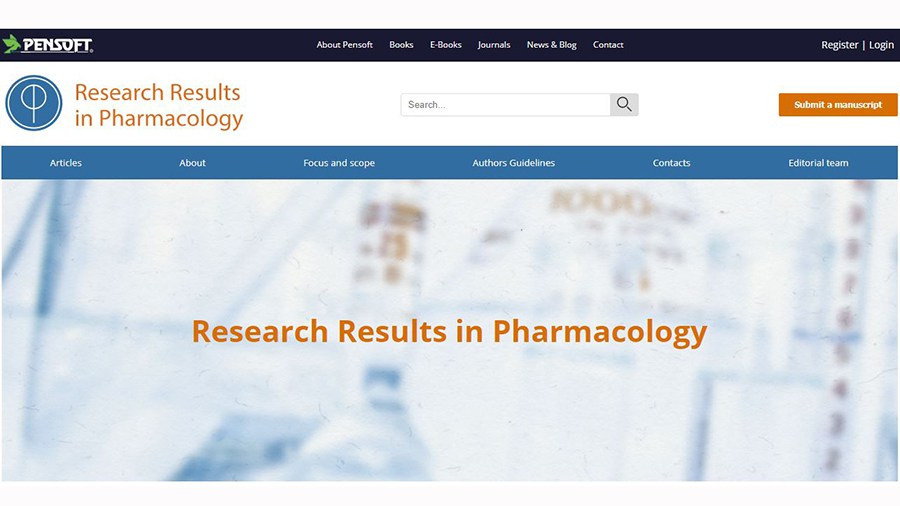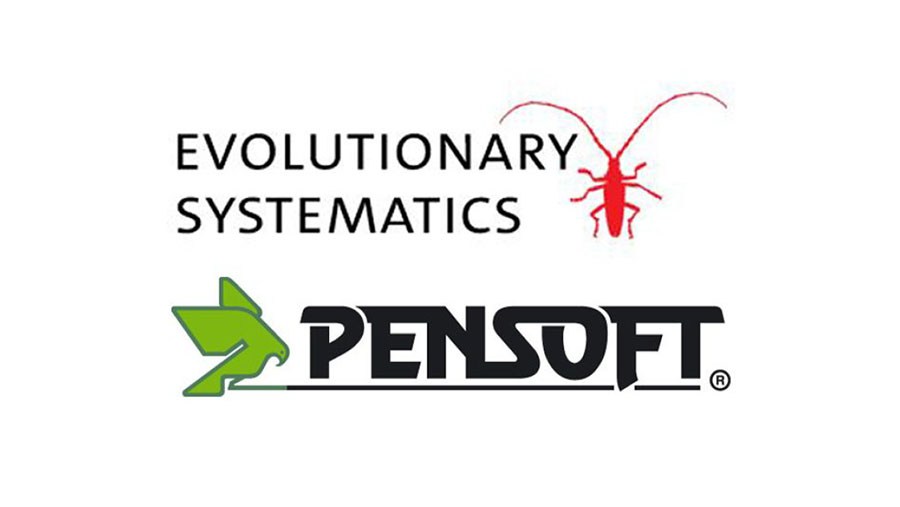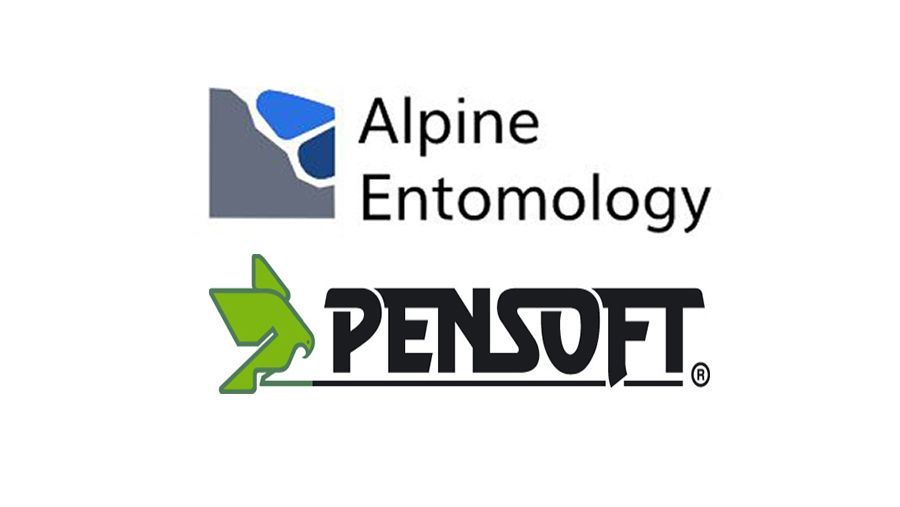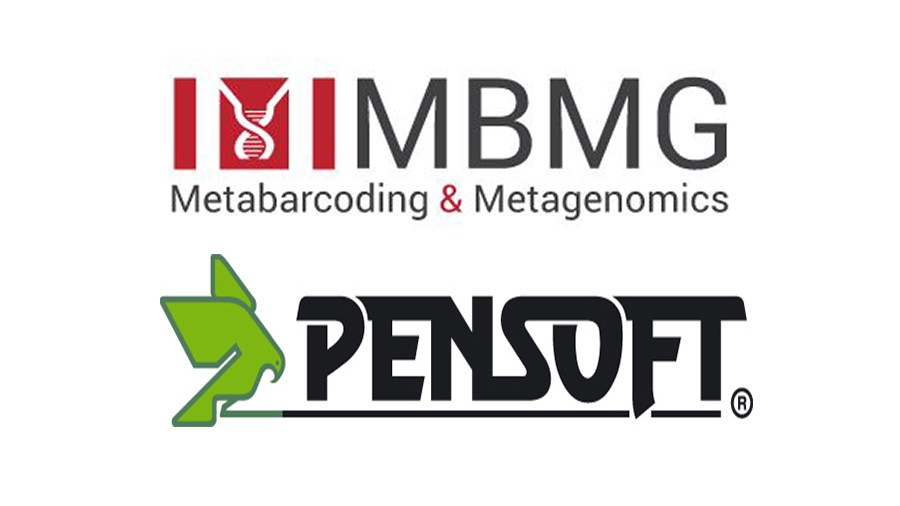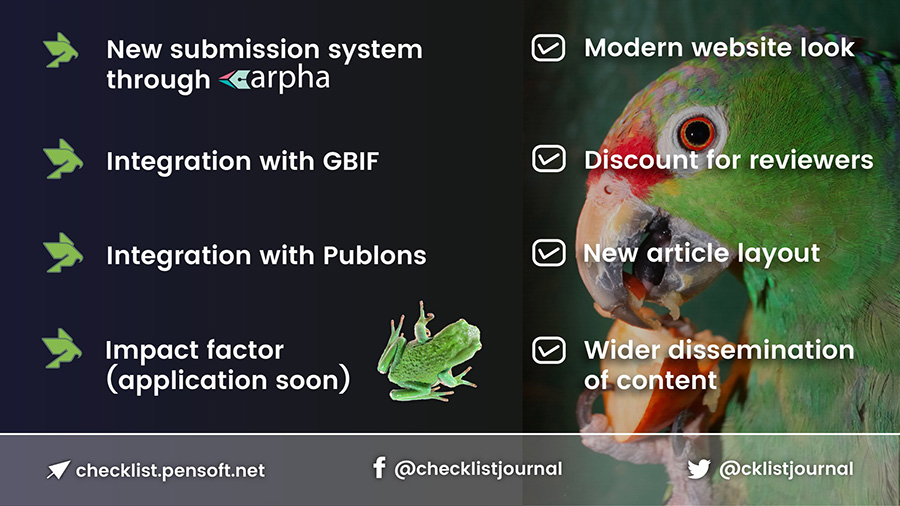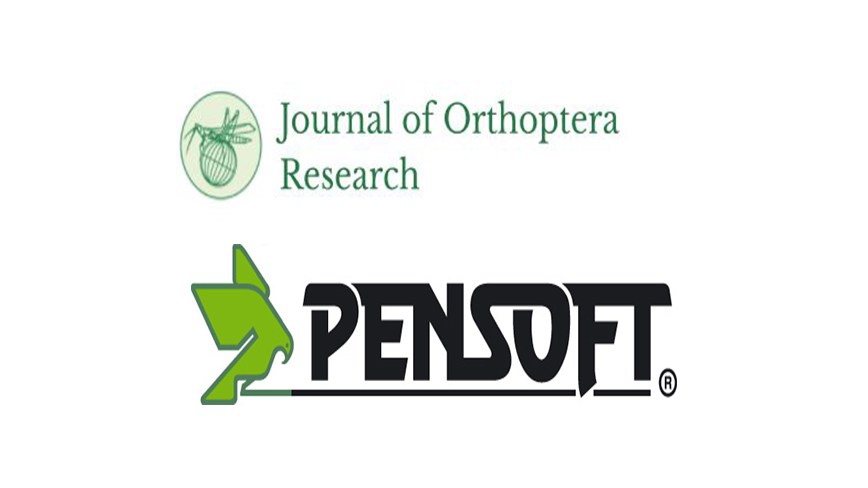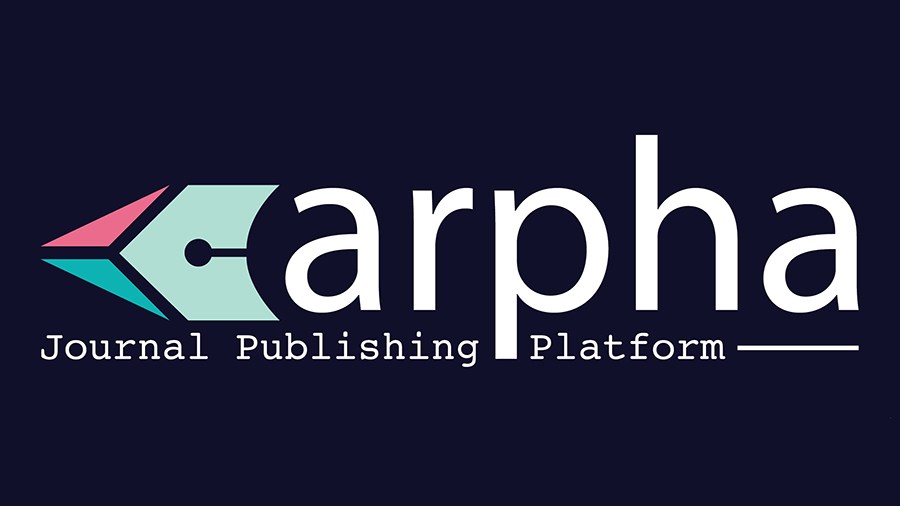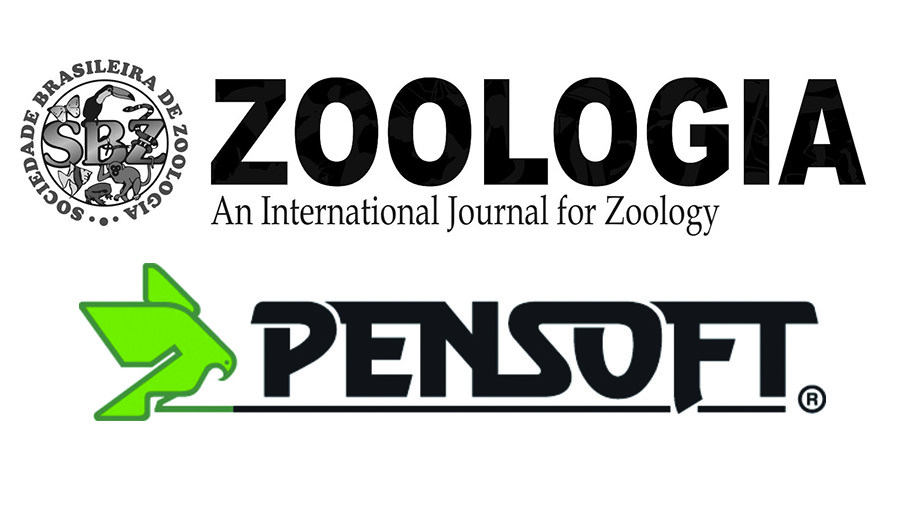The rebranded and refreshed journal is now published jointly by Belgorod National Research University and scholarly publisher and technology provider Pensoft
Since 2015, Belgorod National Research University‘s forward-thinking open-access and peer-reviewed scholarly journal Research Result: Pharmacology and Clinical Pharmacology has been filling an essential gap as a scholarly venue for publications dealing with long-year research outcomes in pharmacology and clinical pharmacology.
Now, having moved to the high-tech journal publishing platform ARPHA (abbreviation standing for Authoring, Reviewing, Publishing, Hosting and Archiving), the rebranded Research Results in Pharmacology demonstrates its refreshed format in its first issue jointly published with open-access scholarly publisher and technology provider Pensoft via the journal’s brand new website.
Continuing its tradition, the journal welcomes articles on various aspects within pharmacology, including papers devoted to molecular screening with the use of modern methods of proteomics, cellular technologies, results of experimental studies in modeling abnormalities in laboratory animals and clinical studies in the field of pharmacotherapy, pharmacokinetics, pharmacoepidemiology, personalised therapy, multicenter studies and evidence-based medicine. All articles are published in English, with versions in Russian published on Belgorod National Research University’s official website.
Apart from the evolution in its look-and-feel, thanks to the partnership with ARPHA, Research Results in Pharmacology now provides a long list of services at the disposal of all users – editors, reviewers, authors and readers alike, in order to ensure that articles are submitted, reviewed, published and disseminated rapidly and conveniently. To do this, the whole publication process takes place within ARPHA’s singular online environment.
Once published, each article is freely available in three formats (PDF, XML, HTML), enriched with a whole set of semantic enhancements, so that the articles, along with their data, are easy to discover, access and harvest by both humans and machines.
Amongst the high-tech perks greeting any online publication’s visitor are the article-level metrics available thanks to the partnership between ARPHA and the revolutionary discovery and analytics tools Dimensions and Altmetric. By searching through millions of research articles, grant applications, clinical trials, as well as policy documents, news stories, blogs and social media posts, they allow for each article’s references and citations in both the academic and the public sphere to be monitored in real time.
“I’m delighted to welcome this particular new member of the Pensoft’s and ARPHA’s family,” says ARPHA’s and Pensoft’s founder and CEO Prof. Lyubomir Penev. “With our strong background in scholarly publishing, technology development and open science practices, I am certain that we are able to provide the right venue for a brilliant and enterprising journal such as Research Results in Pharmacology.”
“I find our new partnership with ARPHA and Pensoft to be extremely advantageous for Research Results in Pharmacology, and this is already showing in our first issue since joining our efforts,” says Prof. Mikhail Pokrovsky, Editor-in-Chief at Research Results in Pharmacology. “I would like to especially thank Lyubomir and his team for fully understanding and meeting our needs, resulting in a wonderful professional collaboration, as well as friendship.”
Research Results in Pharmacology is the second Russian journal in ARPHA’s and Pensoft’s portfolios. Several new titles are expected to join them later this year.
###
Follow Research Results in Pharmacology on Twitter and Facebook.

